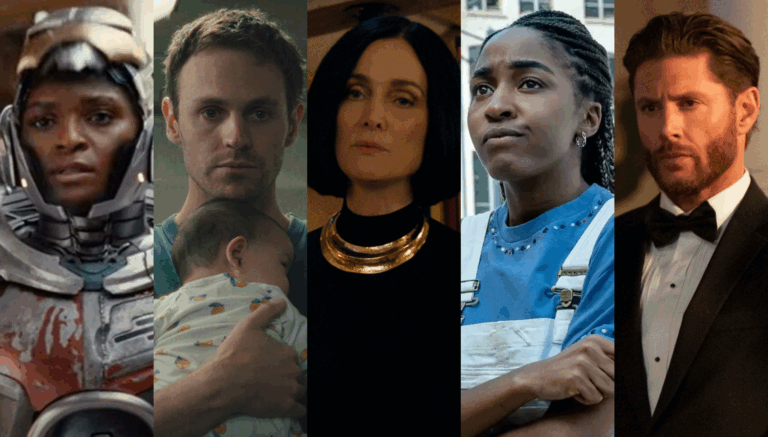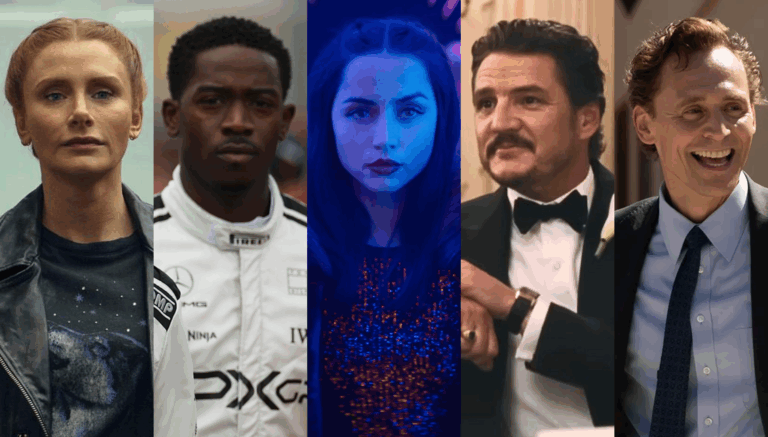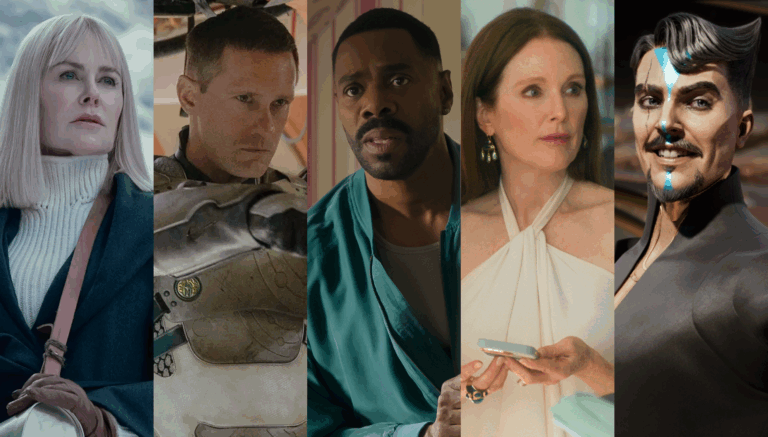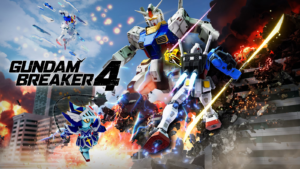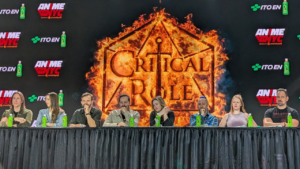In an interview with Mattson Tomlin, the creator, executive producer, and writer of the animated Netflix series Terminator: Zero, he delves into the show’s timeline, the decision to introduce new characters, the challenges of writing action scenes in Japan, and the influence of AI on the story.
Terminator: Zero takes us to 2022, where a relentless war has raged for decades between the last remnants of humanity and an unending machine army. Flashback to 1997: the AI known as Skynet achieves self-awareness and launches its devastating war against humankind. Caught in the crossfire between these two timelines is a soldier sent back in time to alter humanity’s grim fate. Arriving in 1997, Eiko’s (Sonoya Mizuno) mission is to protect scientist Malcolm Lee (André Holland) as he races to launch a new AI system, Kokoro (Rosario Dawson) designed to counter Skynet’s impending attack. Malcolm grapples with the moral implications of his creation while being hunted by a relentless assassin (Timothy Olyphant) from the future; an event that tragically alters the lives of his three children.
On the Terminator: Zero Timeline
Tomlin explains that he chose to stick with the original timeline from the first two Terminator films because it’s the most familiar to fans. He also wanted to explore the concept of Judgment Day in a new way and show it from the perspective of people on the ground.
“It just kind of felt like we’ve seen Judgment Day in flashback, in flash forward, in dreams, in visions, we’ve never lived through it… We’ve never been in ground zero of it. And so that for me, just kind of felt like, this is new territory to go into. And it’s hard to find new territory for something that’s 40 years old.”
And if you’re wondering where this story fits into the Terminator canon, don’t worry, the show makes it clear.
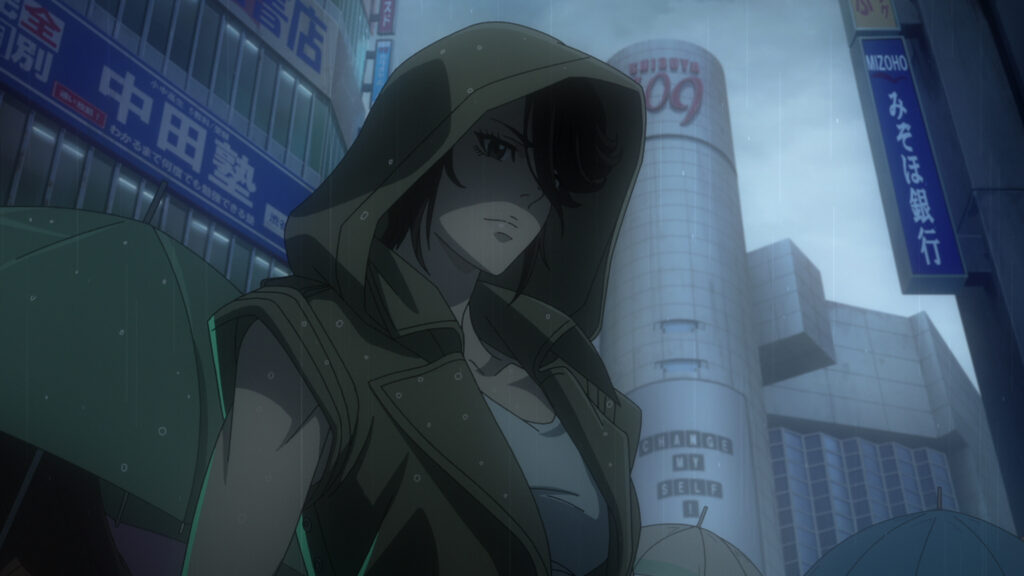
On the Decision to Use New Characters
Tomlin didn’t want to do yet another story about John Connor. Previous movies have explored the character, the salvation of humanity, set around the US-Mexico border. Instead, he wanted to explore what was happening on the other side of the world during the events of the first two films.
“I kind of said right off the bat, look, I don’t want to do this if it has to be a Conner story. I feel like that has been done now many, many times… And I think that we could use a break and, you know, separate from that.”
The show is set in Japan in 1997 and follows a new set of characters who are unaware of John Connor or his importance. Working with Japanese studio Production I.G and Japanese Director Masashi Kudo made the new location an easy choice for Tomlin. He found it rewarding narratively to create a new story without negating what came before. It’s a chance for fans to connect with a fresh, new story, while still having the familiarity of the Terminator world.
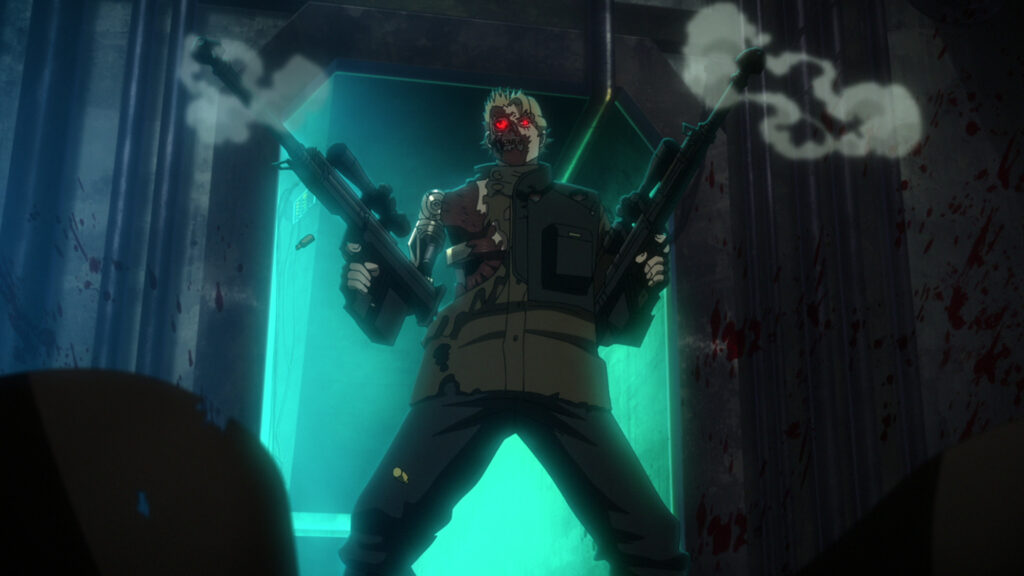
On the Challenges of Writing Action Scenes in Japan
Tomlin shares an interesting anecdote about how Japan’s strict gun control laws impacted the writing of the show’s action scenes. He initially wrote a scene where a character breaks into a car and retrieves a gun from the glove box. Seems straight forward, right? Except the animation studio told him that would never happen in Japan.
“There was definitely a little bit of a… I’ve got to figure out how we’re going to fight a Terminator with no weapons.”
This led him to rethink the action scenes and find creative ways for characters, like Eiko, to fight. Despite access to weapons, there is plenty of action, and guns aren’t completely off the table. But as we’ve seen in previous movies, guns don’t always cut it against a Terminator machine.
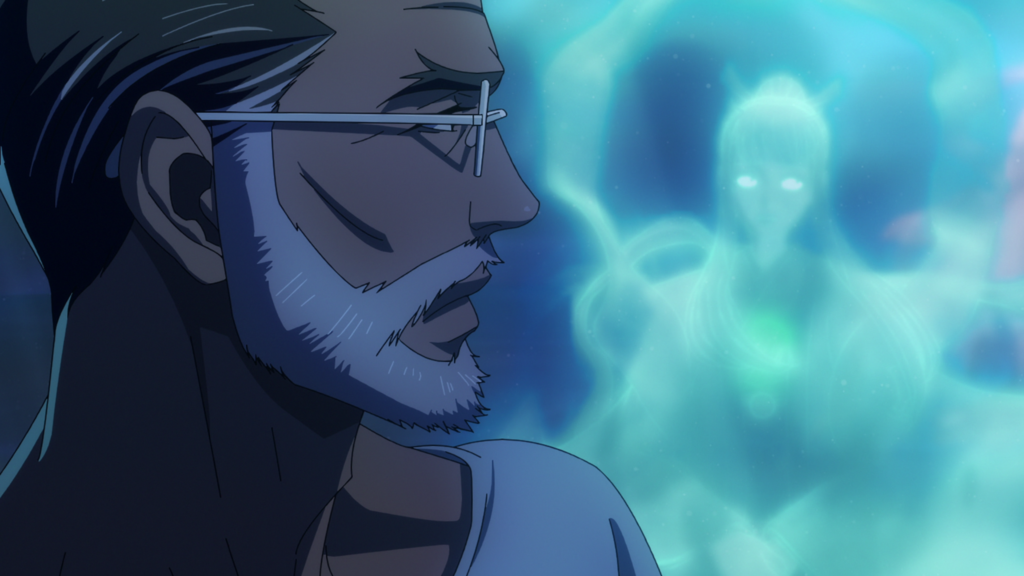
On the Influence of AI
The design of Kokoro as an AI is one of the compelling parts of this show. In contrast to Skynet, she’s given a voice (Rosario Dawson), specifically a female voice, and Malcolm Lee has philosophical discussions with her as a way to train her.
“[I wanted to] just lock these two in a room and have them kind of talk about the philosophy of killer robots and AI and sentient beings … and asking this question of, you know, if Skynet wins, what then? What does Skynet want?”
Tomlin acknowledges that the rapid development of AI technology has influenced the story of Terminator: Zero. He wanted to explore the nuances of AI, showing both its potential for good and its potential for harm. The character Malcolm Lee who believes there is a good side to AI, is a reflection of this nuanced perspective.
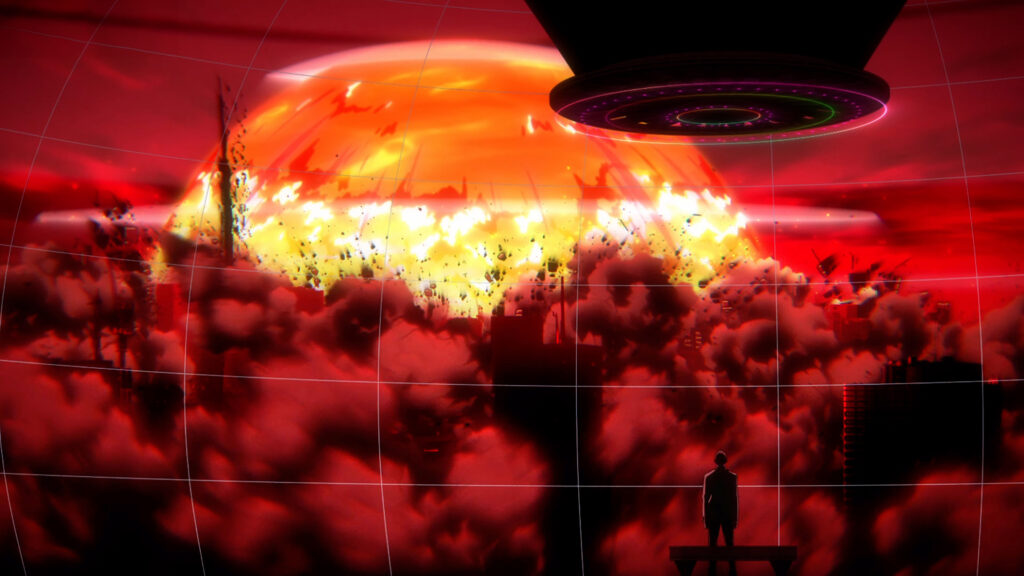
“There’s a lot of bad things that could be done with [AI]. There’s probably some good, too. And I think that the creation for me of that character, Kokoro, is kind of [that] version. Malcolm Lee as a character, he believes that there’s a good side to this, and I believe that too.”
Tomlin also acknowledges the impact that AI has on the real world. From fear people have around AI technology as a whole, to the various strikes in Hollywood last year. The role of AI in the industry was one of great importance for writers, actors, and studios.
Terminator: Zero, Beyond this season
There are no immediate plans for a Season 2 of Terminator: Zero, but that hasn’t stopped Tomlin from thinking about future stories.
“If a Terminator is not all [messed] up, then you don’t know who is and who isn’t a Terminator.”
Keeping the audience in the dark and guessing which character is the Terminator machine would be quite entertaining indeed.
Coming soon to Netflix
The interview provides valuable insights into the creative process behind Terminator: Zero. Tomlin’s thoughtful and articulate responses demonstrate his passion for the franchise and his commitment to exploring new territory within its established world. The show promises to be a fresh and exciting addition to the Terminator universe, and fans are eagerly awaiting its release.
Watch the animated Terminator: Zero series on Netflix, releasing August 29, 2024.
Check out other animated and live action adaptations coming soon to Netflix.

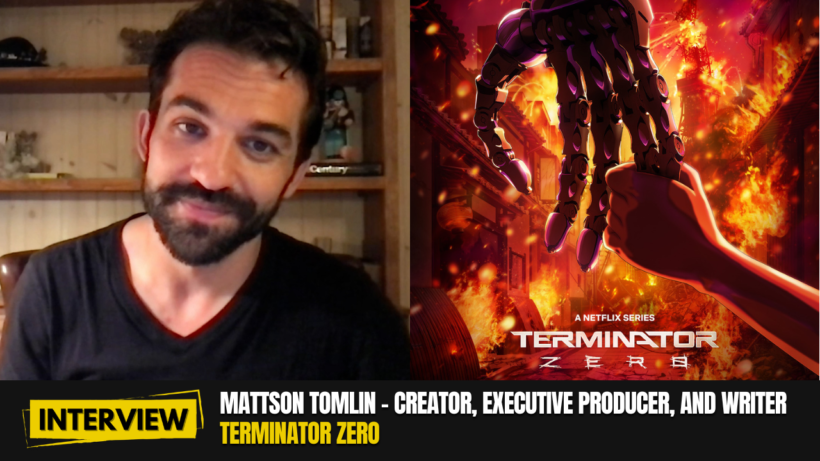
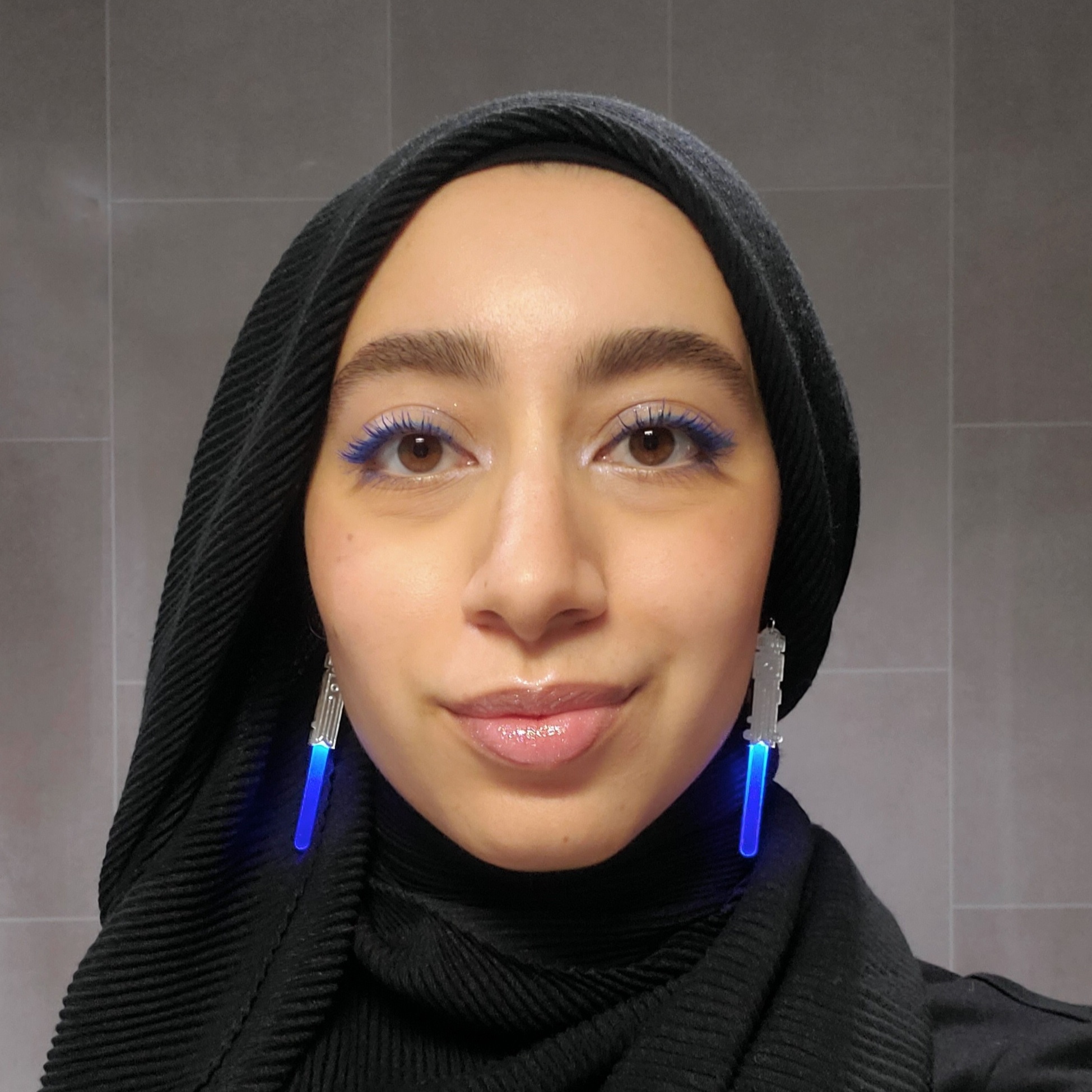
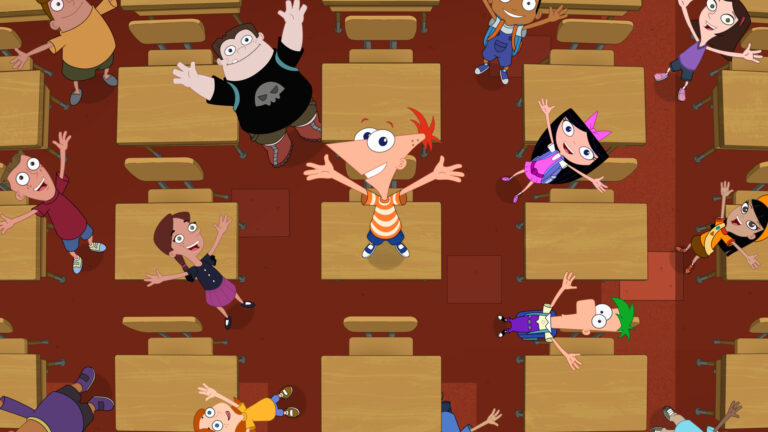
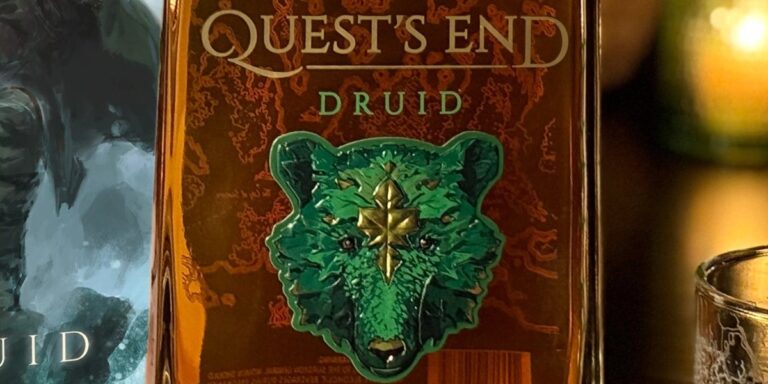
![[INTERVIEW] Creature Designer Neville Page Discusses Book ‘Beauty in the Beast’ Kickstarter & 20+ Year Career](https://templeofgeek.com/wp-content/uploads/2025/04/In-Camera-YouTube-Cover-768x432.png)
